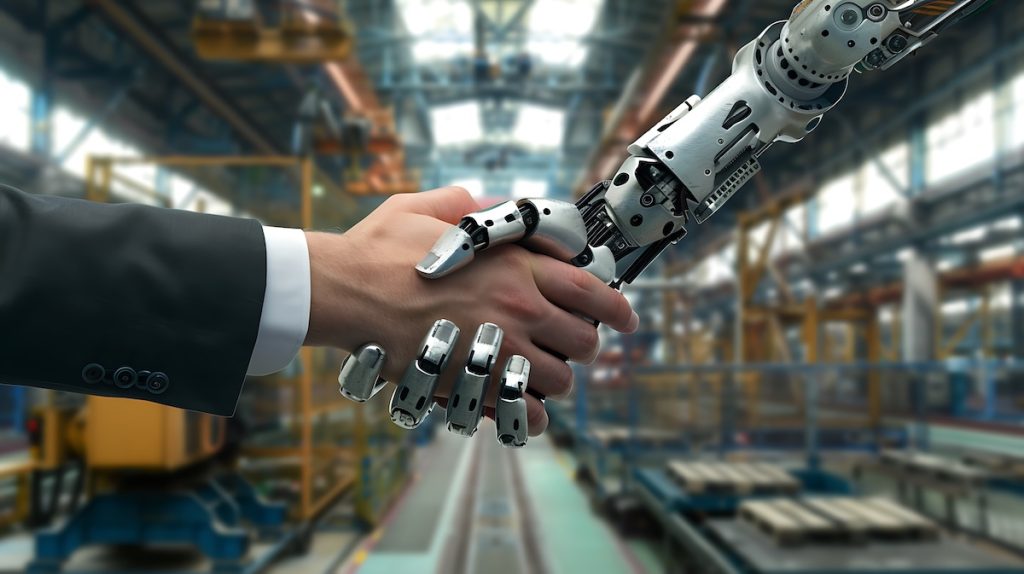The Untapped Potential of AI: Moving Beyond Automation to Empower Humans in Manufacturing
The current AI discourse in manufacturing often revolves around automation and the potential displacement of human workers. While these are valid concerns, focusing solely on them overshadows a significant, yet often overlooked, opportunity: leveraging AI to enhance human capabilities and optimize human-centric tasks.
Humans still execute the majority of tasks in manufacturing environments, even in highly automated settings. This is not necessarily due to technological limitations, but rather due to the adaptability, problem-solving skills, and nuanced judgment that humans bring to the table, qualities that current AI struggles to replicate.
Consider the complex challenges faced by manufacturers on a daily basis:
- Line rebalancing: Adjusting workflows and processes to accommodate new products, increased production volumes, or unexpected disruptions requires a deep understanding of the entire system and the ability to make real-time decisions – capabilities that humans inherently possess.
- Handling product variations: Adapting to new product lines or variants often necessitates retraining robots or reconfiguring automation systems, a costly and time-consuming process. Humans, on the other hand, are inherently flexible and can adjust to such changes more easily.
- Managing workforce fluctuations: Unexpected absences, employee turnover, and the need to onboard temporary workers pose significant challenges for manufacturers. Training new workers on complex tasks quickly and effectively is crucial for maintaining productivity.
These examples demonstrate that even in the most technologically advanced manufacturing facilities, human intelligence and adaptability remain indispensable. Instead of viewing AI solely as a replacement for human labor, a paradigm shift is needed – one that recognizes the untapped potential of AI as a tool to empower human workers.
Imagine AI systems that can:
- Analyze real-time data on human performance, identifying bottlenecks, errors, and opportunities for improvement.
- Provide personalized, just-in-time training tailored to each worker’s skill level and the specific task at hand.
- Enable seamless knowledge transfer between experienced workers and new hires, capturing and disseminating valuable expertise.
- Facilitate rapid onboarding by providing intuitive, AR/VR-powered guidance and instructions.
By focusing on these human-centric applications, AI can help address some of the most pressing challenges facing the manufacturing industry today:
- Labor shortages: By enhancing the capabilities of existing workers and facilitating faster onboarding, AI can help mitigate the impact of labor shortages.
- Skills gap: AI-powered training and knowledge transfer tools can help bridge the skills gap by making it easier for workers to acquire new skills and adapt to evolving technologies.
- Productivity and efficiency: By optimizing human workflows and reducing errors, AI can drive significant improvements in productivity and efficiency.
- Worker safety: AI can be used to identify and mitigate potential safety hazards, creating a safer working environment for all.
Embracing this human-centric approach to AI will require a shift in mindset, from viewing AI as a threat to human labor to recognizing its potential as a powerful tool for empowering human workers. By focusing on augmenting human capabilities and addressing the challenges of human-centric tasks, manufacturers can unlock a new era of productivity, efficiency, and innovation.
This summary was created by NotebookLM based on the video transcript of the “AI-Driven Process Optimization: Achieving Faster Turnarounds and Higher Margins” session that took place at IIoT World Sustainability and Artificial Intelligence Day. It was edited by the IIoT World team.
